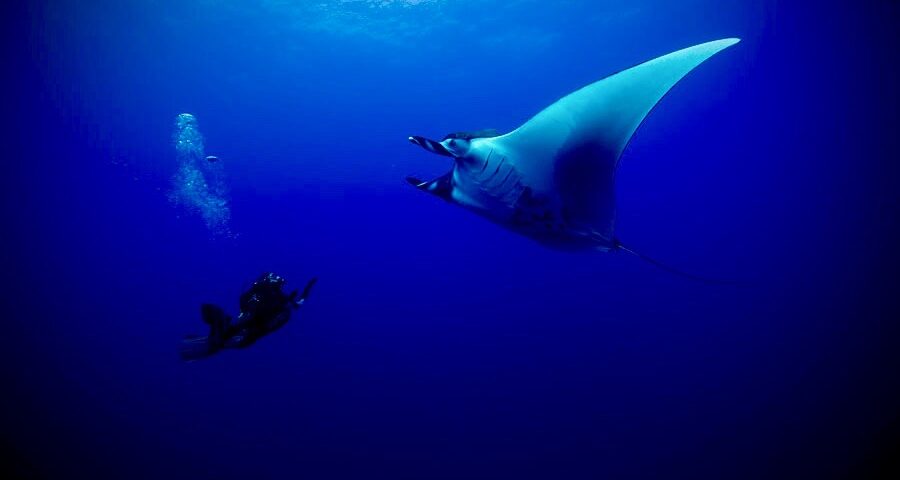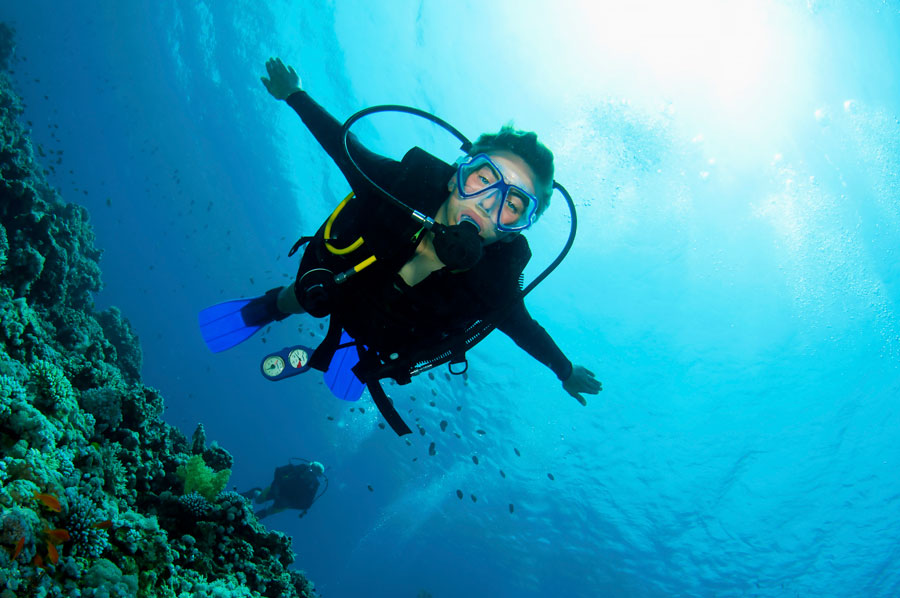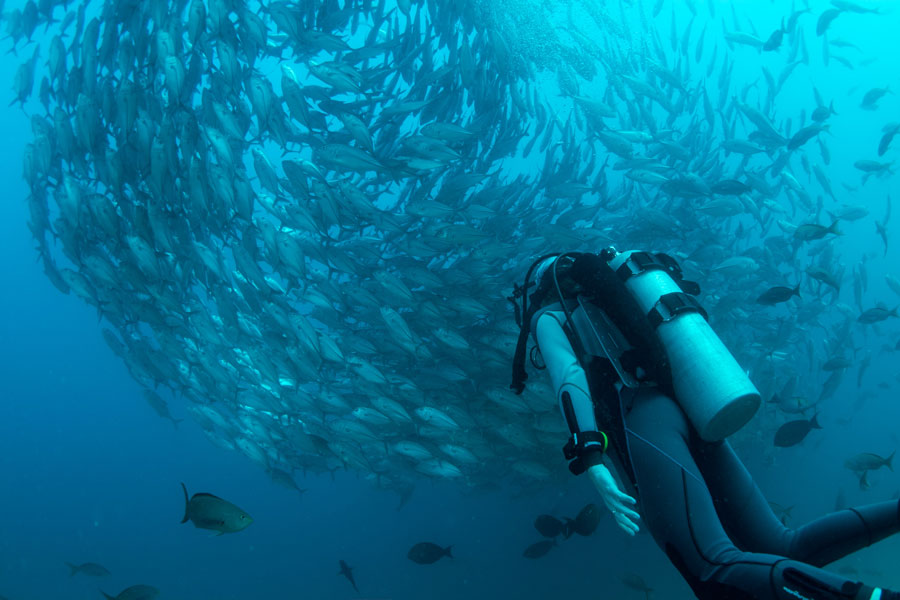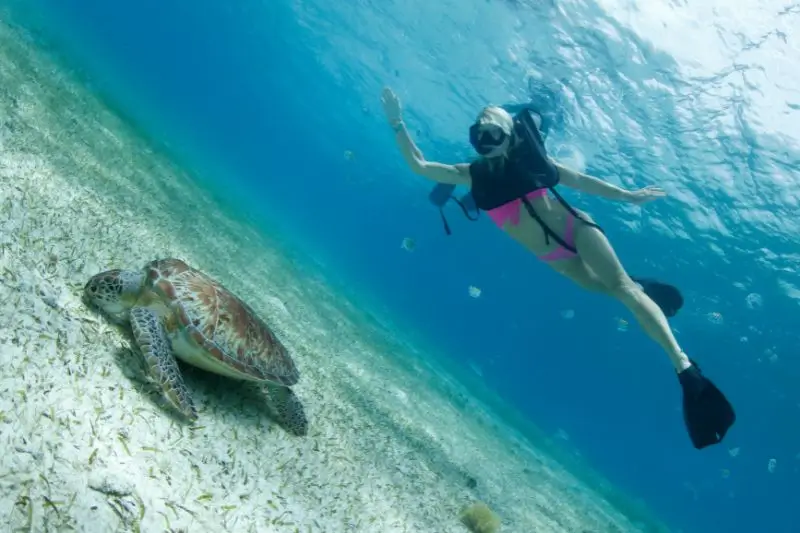The use of reef hooks, contrary to what happens with other pieces of diving equipment, is not well-known. However, they are a treasure for some drift divers. In today’s article, we explain what reef hooks are, what they are useful for, and how to use them correctly.
What Are Reef Hooks?
As the name suggests, reef hooks are hook-shaped pieces. They measure approximately 10 cm / 4 inches and hang on a rope of 2 meters / 6.5 feet approx. They are attached to the diver’s vest via a carabiner.
What Are Reef Hooks Used for?
Reef hooks are used for staying at a specific point during a drift dive and enjoying the underwater beauty calmly.







